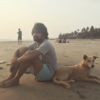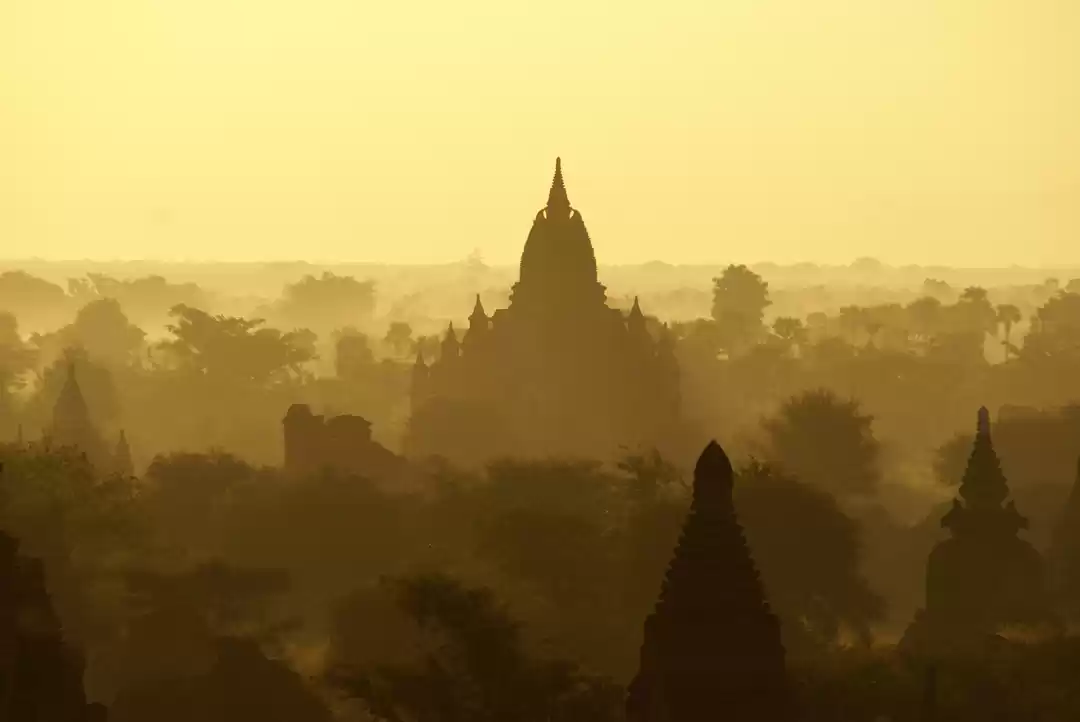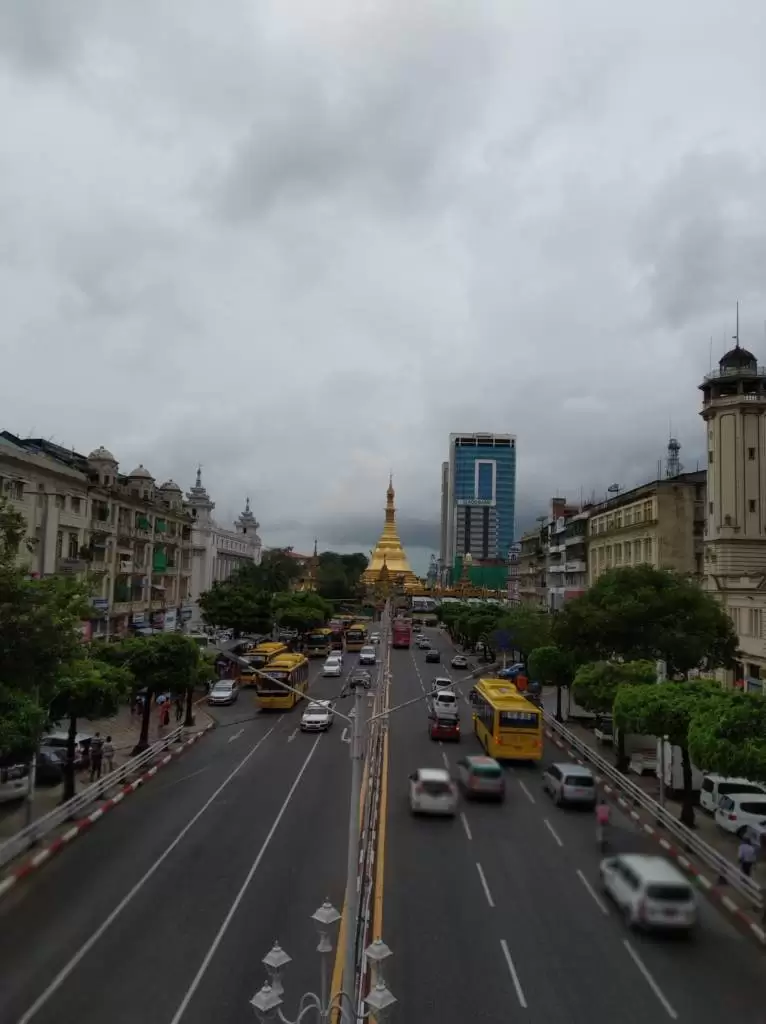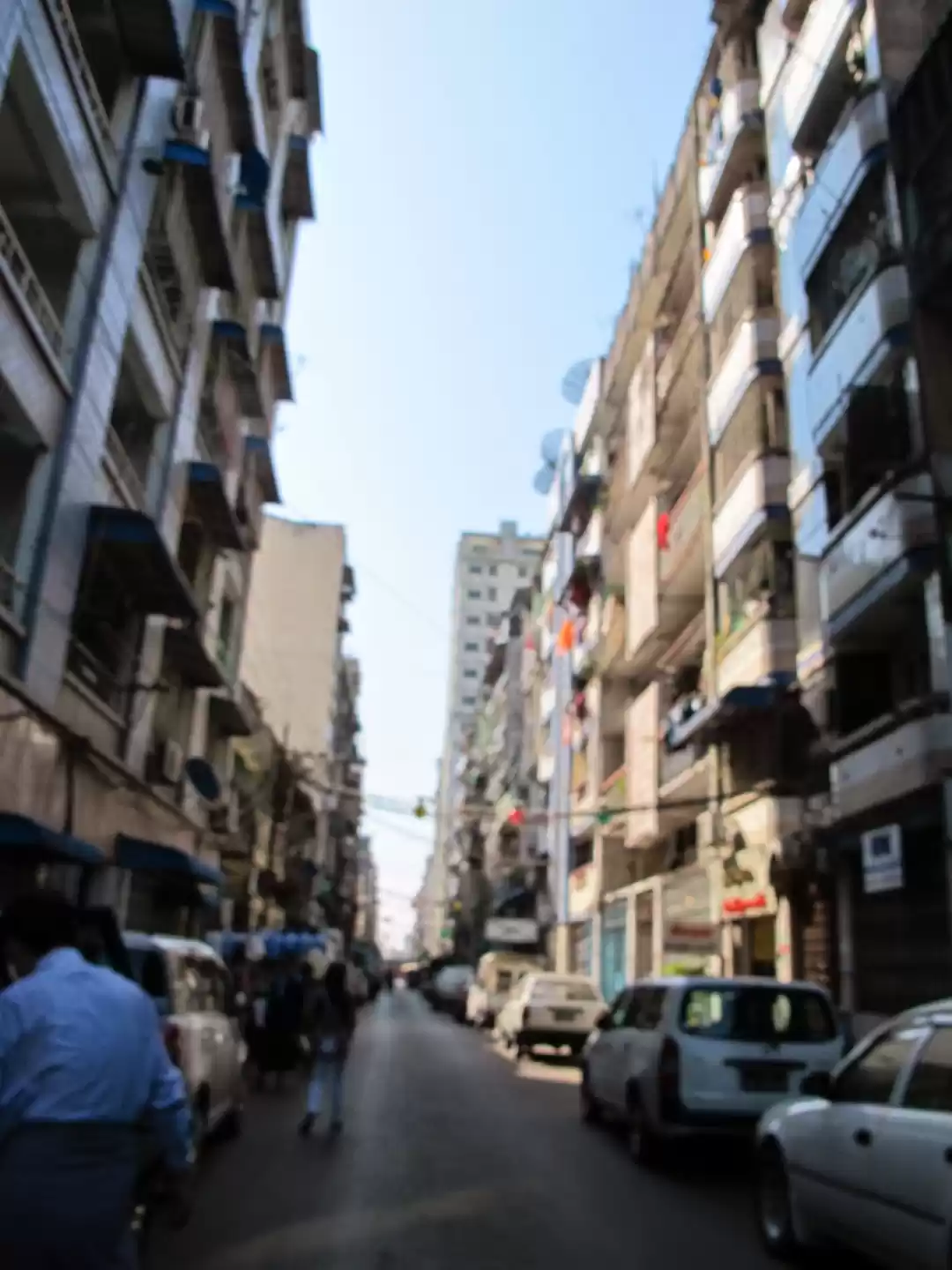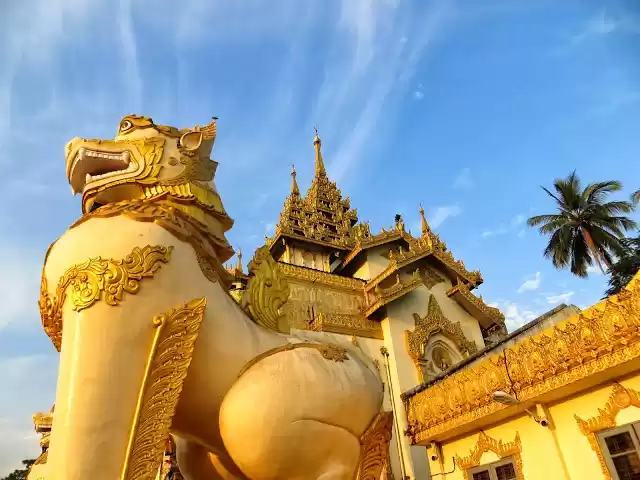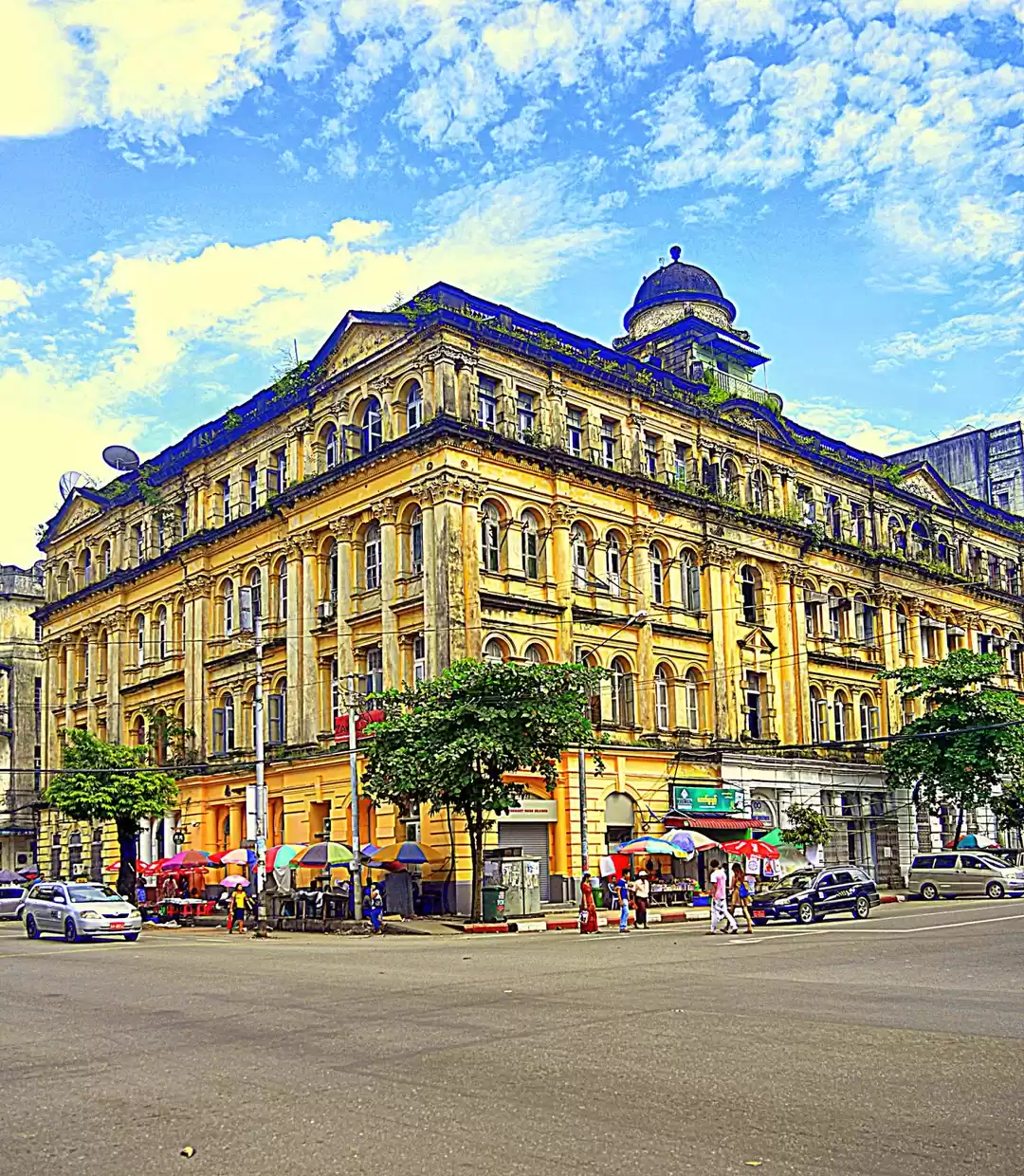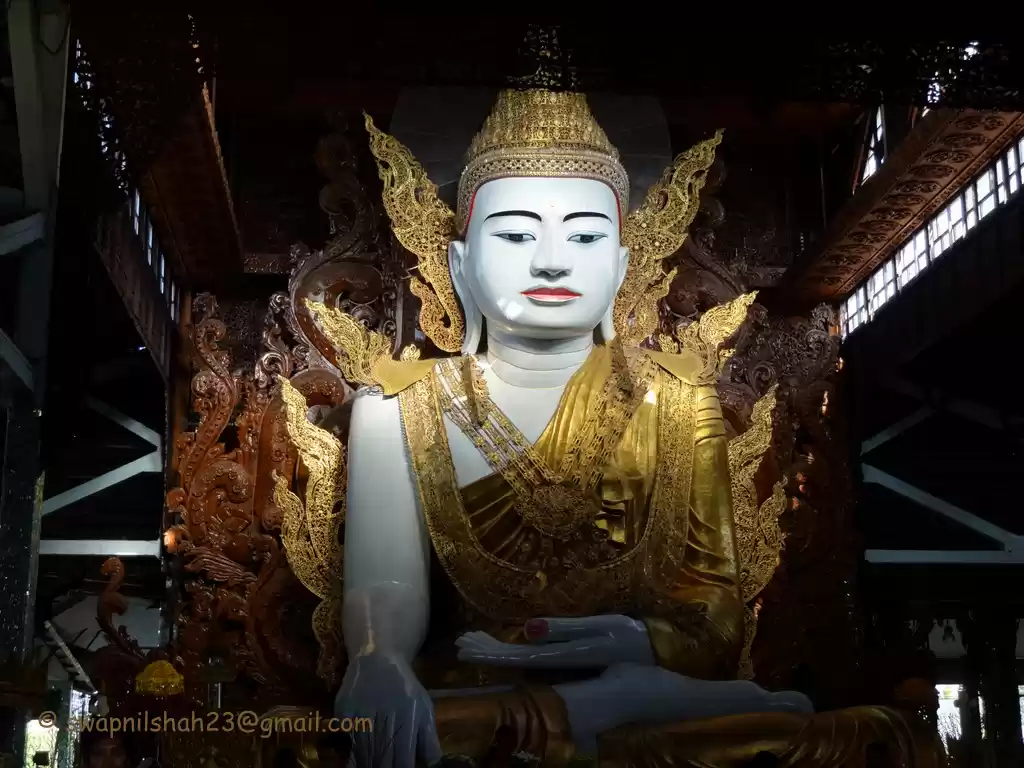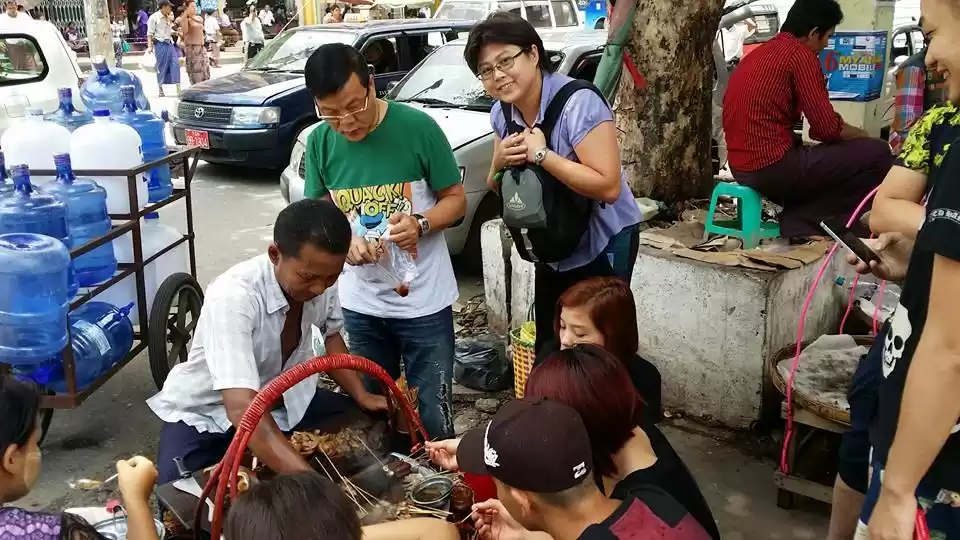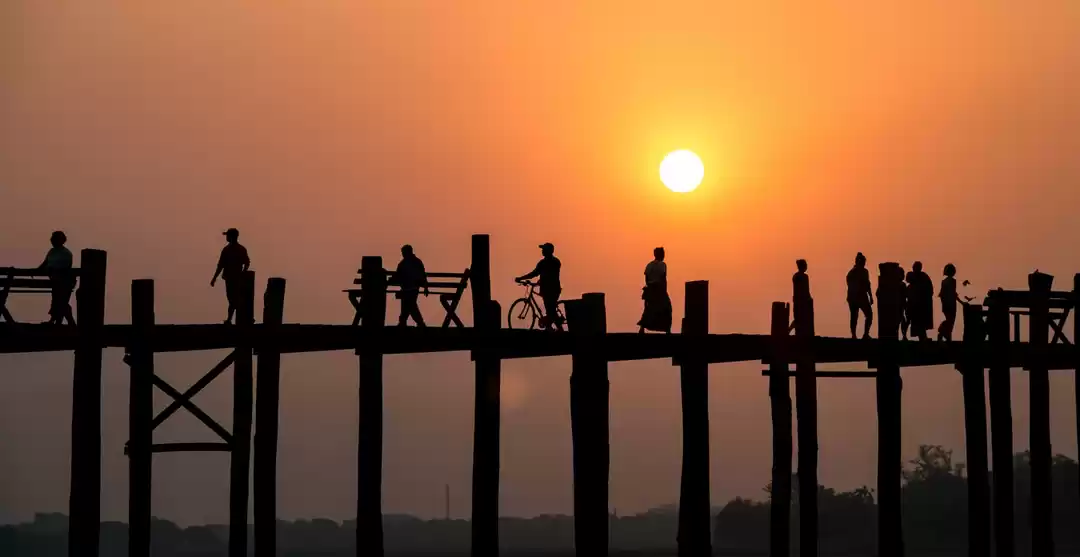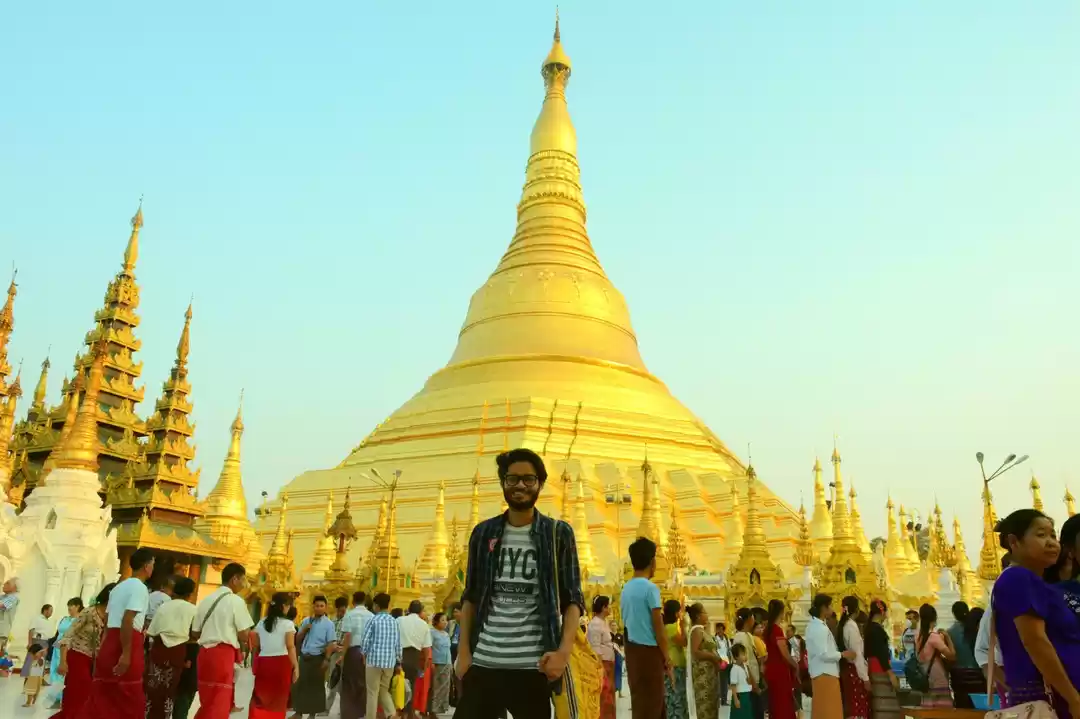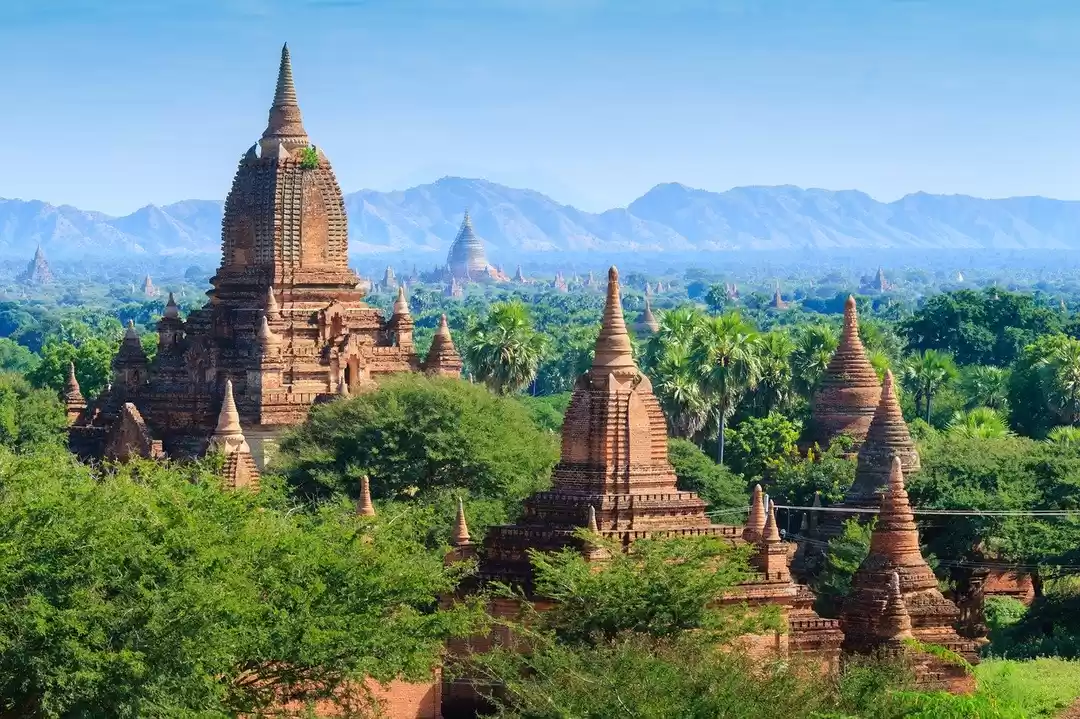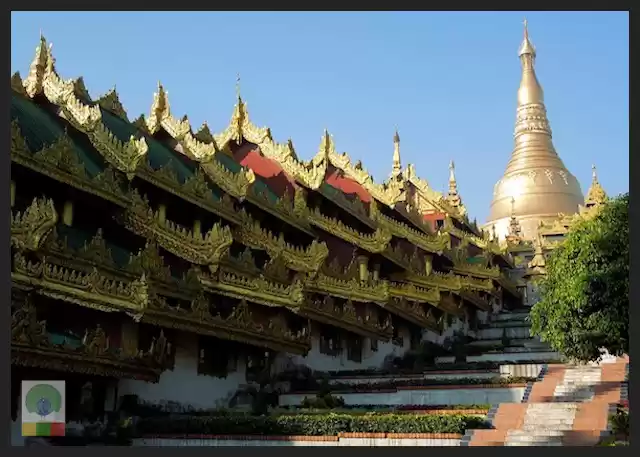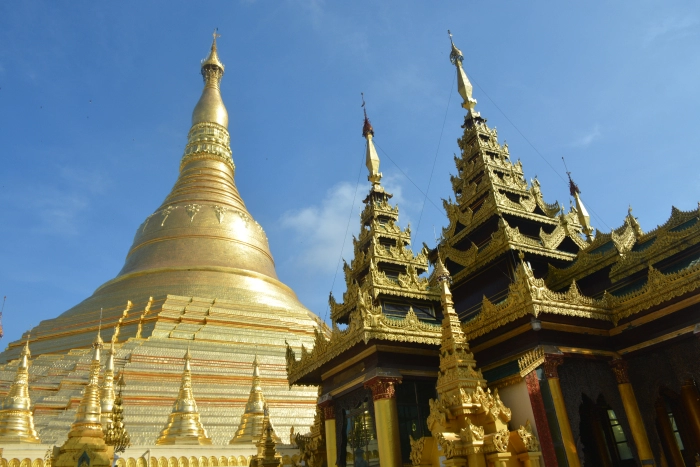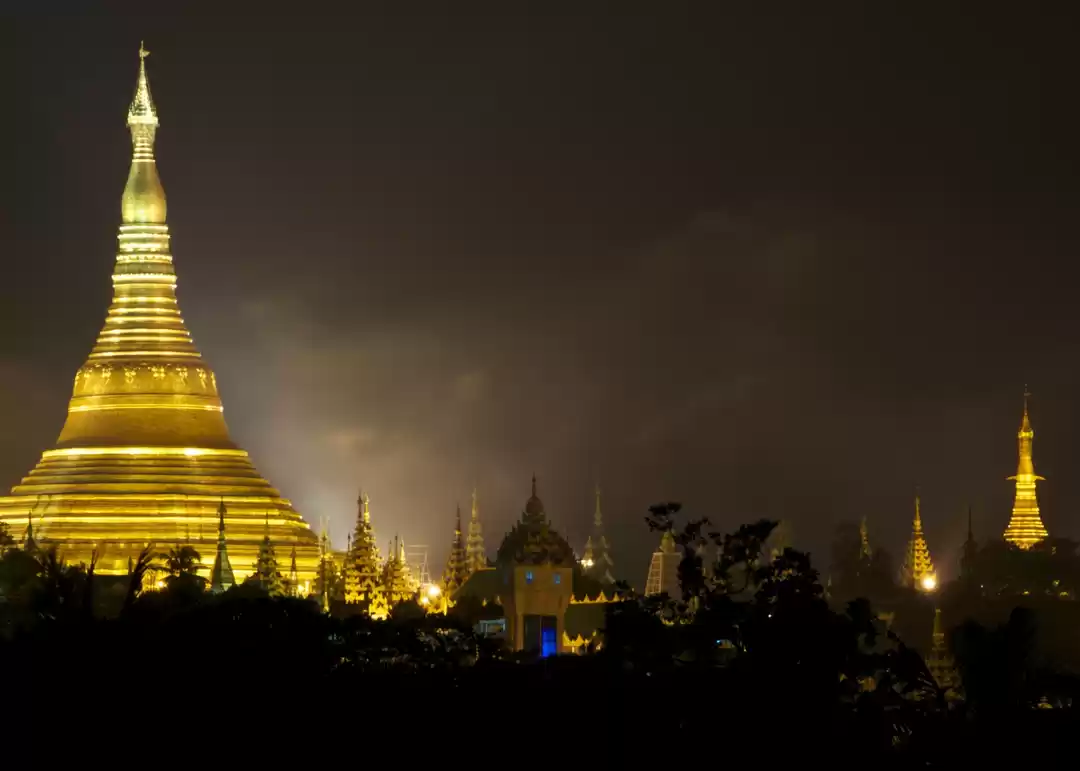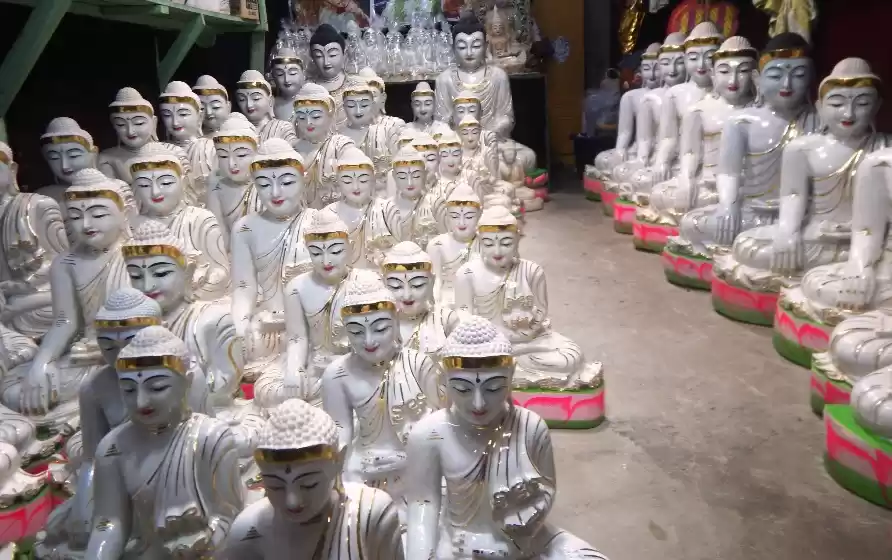" So again where are you shifting?" Me: "Yangon".
"Where is that? Cambodia?" Me: "No. Myanmar"
" Is it in Asia?" Me: "yes of course. It was formerly called Burma"
" Wasn't there some problems happening? Is it Safe?"

These were the types of conversation I had and people wondered when I told them I am shifting to Yangon from Mumbai for sometime. After deciding to take up the job here, I also wondered how it will be. But after spending 3 weeks here I think I know what to say.
Myanmar is what southeast Asia was 5-6 years back. Recently opened it's doors to the world, Myanmar is the new travel hotspot in the region and is totally worth the hype. No matter where you start your journey in Myanmar, there are very high chances that you will make a stop in Yangon and quite rightly too. Once the capital of Myanmar, Yangon (formerly knows as Rangoon) is the largest city in the country with 5.2 million people. I call it a mixture of old Calcutta and old Mumbai, Yangon has a old colonial charm, some traffic but a lot more relaxed big city vibe. Studded with a rich and vivid history, which is reflected in its people, architecture, and food. The people are simple, helpful and enthusiastic and open to learn and talk. Architecturally it is full of dazzling pagodas notably the Shwedagon Pagoda, which is the benchmark and one of the biggest in Asia if not the world.


Foodies will love the street food here which is cheap and a variety of options to choosefrom ranging from Mohinga (fish broth based noodle soup) to Khaosuey (yellow coconut noodles) to the more adventurous one in fried grasshoppers, squid on stick to lots of other varieties.
Yangon is like any other south-east Asian town which mixes the old and new quite well. Hot days, harsh sunny afternoons, the golden pagodas, the rushing rusty cars, the dirty, sun-faded colonial buildings, this is what Yangon is made of. The city is safe, totally viable for a solo person to travel and lots of stuff to do here.

Buddhism is followed everywhere in the whole country. One should pay respect to the monks, pagodas, as well as the Buddha statue. Also carry slip-ons because you will have to remove socks and shoes at most places especially temples.
Also, currency here is kyat (pronounced chyats) and is very confusing for a new comer. 1 kyat is equal to approx 20 Rs and 1 USD is approx 1570 kyats. Also carry a lot of USDs (unfolded, untampered and new ones) with you because that's most easily exchanged. There are lots of ATMs but then you will have to pay 6500 kyats for using a foreign debit/credit card besides the local service charge and exchange cost.





We start with the iconic Shwedagon Pagoda. One of the most visited places in Myanmar, Shwedagon is like icon of Yangon. Built on an elevated hill so you will notice it from a distance as you move around within Yangon. Said to be built more than 2600 years back and is the oldest Buddhist stupa in the world. This 325 feet stupa is gold-plated and shimmers in the day, while in the night it is so well lit up that it is a sight to behold. The pagoda also preserves hair strands of Gautama Buddha. This place is one of the most sacred places with Burmese people so there are also a few points to note. First, the ladies here must ensure that they are wearing discreet clothing, covering the shoulders and legs. The entry to the pagoda is 10000 kyats for foreigners.
Towards the western side of Shwedagon there is People's Park which offers an impressive view of the Pagoda. There are also beautifully manicured garden, fountains, ponds and treetop observation platforms and is a good place to just chill.



Another famous landmark in the city is Sule Pagoda in the downtown. Located in the middle of the market, here you will feel the contrast between the space inside and outside the temple. In addition, the architecture and sculpture of the temple is quite famous and it looks great under lights.


Bogyoke Aung San Market is the largest market in Yangon and is the best place to go shopping. Here you will find the items such as jewelry (you can find jade and gems all over Burma), fabrics, and even food.
Another place you can visit is Chaukhtatgyi Paya temple which is famous for its colorful colors and even a well-decorated statue of Buddha and can be visited free of charge.



To enjoy the taste the life of the locals in Yangon make sure you travel in the Yangon Circular Train. It is a 3 hour long trip but you can get on and off whenever you like. This is the best way to see Yangon. Take a break from the busy part of the city at the Kandawgyi Lake, one of the most beautiful places for you to visit in Yangon. This is a popular place for locals to relax. Another popular place to relax is Inya lake.
The best way to get to know any city is by walking through the streets. Take a trip in downtown Yangon and you'll find an incredible array of colonial buildings that contain a great deal of history and significance. There's Chinatown with it's array of street food, the Indian Quarter and the striking Hindu temples and much more.
Food in Yangon



Tired with all the sightseeing? Then visit the traditional tea house where the locals sit and have their daily discussions of politics, life and enjoy their teas and snacks. Before coming to Yangon the only proper Burmese dish I knew was Khao suey. But here it is not even that popular. The staple dish here is Mohinga- rice noodle in a fish soup broth and tea leaf salad. This is something you will find anywhere and everywhere. Prices start from around 500 kyats ( 22 Rs or 0.32$) for a bowl and you can add items such as fritters, eggs, and beans at an additional cost. Also check out 999 Shaan Noodle shop which serves some authentic Shan district recipes. Salads feature a lot on menus but most salads are marinated and seasoned in oil, salt and lime juice. You can enjoy a filling meal here for less than 3$.

You can also visit Rangoon Tea House or Burma Bistro for more modernized version of the local and regional dishes.
Visa & Travel
It's easy to get a visa. Just apply online for a fees of 50 USD. It takes under 10 minutes to apply and you should get approval within 3 working days. Print out your e-Visa letter, show it when you arrive and you're in. Your e-Visa letter is valid for 90- days from the date of issue and allows you a 28 day stay in Myanmar.
Yangon is just a 45 mins flight away from Bangkok and lot of budget airlines fly in. Just remember not many cities have direct flights to Yangon but the major ones like Bangkok, KL or Singapore.

Buses are cheap and affordable if you know which bus too catch. max price for the bus ride in the city is 200 kyats. Alternatively you can hail a taxi but you will have to negotiate a lot and very few people understand or speak English. And price is decided beforehand. Since Uber is not present here, you can download the Grab app which is more easier.
Practicalities
Buddhism is almost the national religion in the whole country. This is very important, you should pay attention to respect the monks, pagodas, as well as the Buddha statue This is still a cash country and most places accept Cash only. So bring a lot of cash and if USD then crisp new unfolded notes. Exchange and keep Kyats. There are ATM's but if you use your home debit card, there is a charge of 6000 kyats for every transaction. The biggest cost in Yangon will be hotels/accommodation. Airbnbs aren't allowed and one can only stay in Hotels or guest houses which are approved by the govt. So prices are usually high. Myanmar is a safe county - most of the population is Buddhist and with a belief in karma, crime levels are exceptionally low Everyone wears skirts. long skirts - men and women alike called the the longyi. Buy a local sim card. Phone and data rates have gone low and easy to have a local ones since not many international providers have any roaming offers in Myanmar


Myanmar is opening up and hundreds of travelers visit Yangon for the pagodas, food, and to learn about Myanmar's culture and traditions. I like the eclectic mix of colonial buildings with local Burmese architecture, the smiling locals and the laid-back vibe of the city. Things aren't the same in Myanmar as they are in the western world - or even in the rest of Southeast Asia, for that matter. And therein lies the charm. Visit it before it gets commercialized.
Up Next on the blog soon- Trip to Bagan

